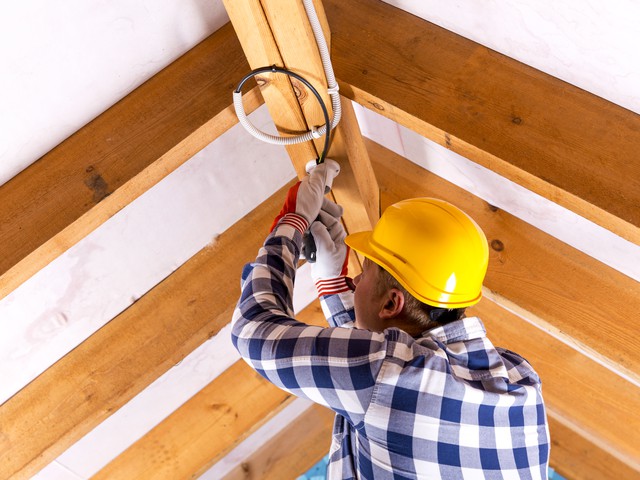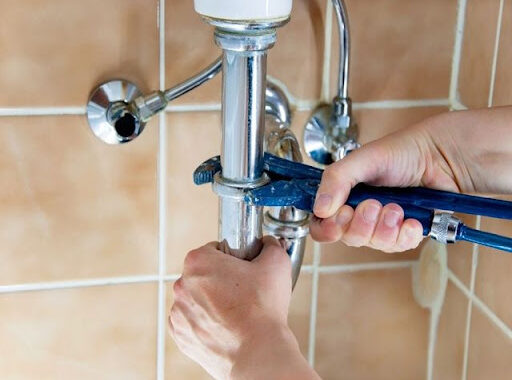Guide to Outdoor Electrical Wiring

Outdoor electrical wiring for patios and gardens is a critical aspect of modern home design. Whether you’re looking to create a cozy outdoor retreat, power up your garden tools, or add ambiance with lighting, understanding the fundamentals of outdoor electrical wiring is essential. In this comprehensive guide, we will walk you through the key considerations, safety measures, and practical tips for a seamless outdoor electrical setup.
Introduction
Expanding your living space to the outdoors, such as patios and gardens, can significantly enhance the quality of your life. It allows you to enjoy the beauty of nature while staying connected to the modern world. To ensure a safe and efficient outdoor electrical wiring project, follow the steps outlined below.
Planning Your Project
1. Determine Your Electrical Needs
Before diving into outdoor electrical wiring, assess your specific needs. Are you planning to install outdoor lighting, power up an outdoor kitchen, or set up garden appliances? Understanding your requirements will help you plan the wiring layout efficiently.
2. Create a Wiring Diagram
A wiring diagram is a visual representation of your project. It should detail where you want to place outlets, fixtures, and switches. This serves as a crucial reference point when you start wiring.
3. Choose the Right Wiring
Outdoor wiring needs to be weather-resistant and durable. Opt for outdoor-rated cables and conduit to ensure longevity and safety. Consider factors like direct sunlight, moisture, and temperature variations when selecting materials.
Safety First
Safety is paramount when working with electricity, especially in an outdoor environment. Here are some essential safety measures to follow:
1. GFCI Outlets
Ground Fault Circuit Interrupter (GFCI) outlets should be installed in all outdoor circuits. These outlets are designed to shut off the power in case of an electrical fault, preventing electric shocks and fires.
2. Buried Cables
If you need to bury electrical cables underground, follow local codes and guidelines. Buried cables must be installed at a certain depth to avoid damage and ensure safety.
3. Waterproofing
Make sure all your outdoor outlets, junction boxes, and fixtures are waterproof. This prevents water damage and reduces the risk of electrical shock.

Installation
1. Start with a Main Disconnect
Begin your outdoor wiring project by installing a main disconnect switch. This allows you to shut off the power supply to the entire outdoor area in case of emergencies or maintenance.
2. Run Conduit
Conduit provides a protective casing for your wiring. It’s essential for preventing damage to the wires and ensures a clean and organized setup. Be sure to secure the conduit firmly to the wall or other structures.
3. Connect Outlets and Fixtures
Follow your wiring diagram to connect outlets, switches, and fixtures. Ensure that connections are tight, and wires are properly insulated. Use weatherproof covers for outlets and junction boxes.
4. Test the System
Once your outdoor electrical wiring is complete, test the system thoroughly to ensure it’s functioning correctly. Check all outlets, switches, and lighting fixtures for proper operation.
Conclusion
Creating a well-designed and safe outdoor electrical wiring system for your patios and gardens is a worthwhile investment. It enhances your outdoor living experience and adds value to your property. By following the guidelines in this guide, you can ensure a seamless and secure outdoor electrical setup.
Remember that safety should always be your top priority when working with electricity. If you’re not confident in your electrical skills, it’s best to consult with a professional electrician.
Now, you’re all set to transform your outdoor space into a functional and inviting oasis with the power of electrical wiring. Come and visit https://www.berkeys.com/electrician/led-lighting-installation/ to find additional tips and electricians’ guide to outdoor electrical wiring for patios and gardens.


 Medical Alert and Smart Home Integration
Medical Alert and Smart Home Integration  Cookies in Online Advertising
Cookies in Online Advertising  Top 5 Plumbing Myths Debunked
Top 5 Plumbing Myths Debunked  Data Storage Reliability and Durability
Data Storage Reliability and Durability  How Personal Injury Lawyers Assess
How Personal Injury Lawyers Assess  CBD in Treating Epilepsy
CBD in Treating Epilepsy